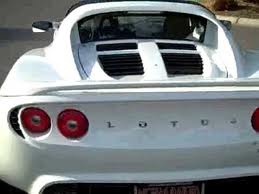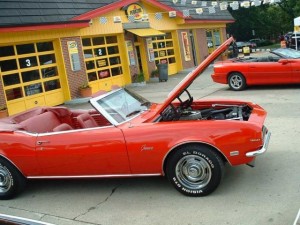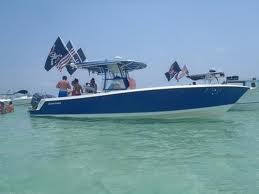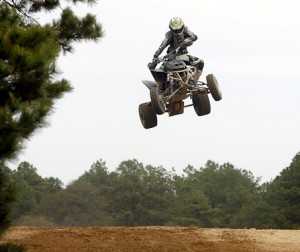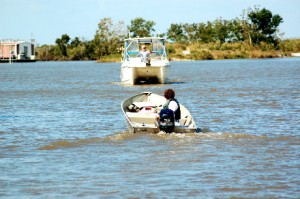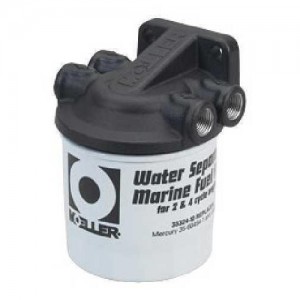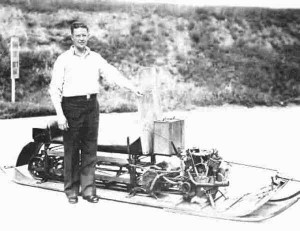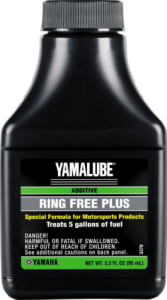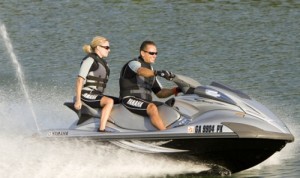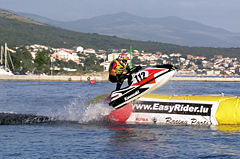Exceeding Expectations
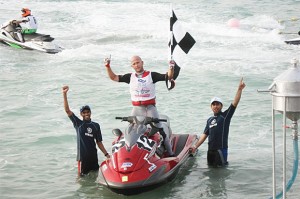 Yamaha boasts on its Website that Yamalube 2M oil exceeds industry standards when it comes to carbon build up and preventing ring stick. The secret is the refined natural oil combined with exclusive performance enhancing additives. Yamalube 2M oil also has the coveted NMMA approval.
Yamaha boasts on its Website that Yamalube 2M oil exceeds industry standards when it comes to carbon build up and preventing ring stick. The secret is the refined natural oil combined with exclusive performance enhancing additives. Yamalube 2M oil also has the coveted NMMA approval.
I’ve been using Yamalube 2M oil for years. I find that the company’s claims are true; the oil really does offer the best anti-wear and anti-corrosion protection. Though suitable for most outboards, the oil is not recommended for land based products or WaveRunners.


